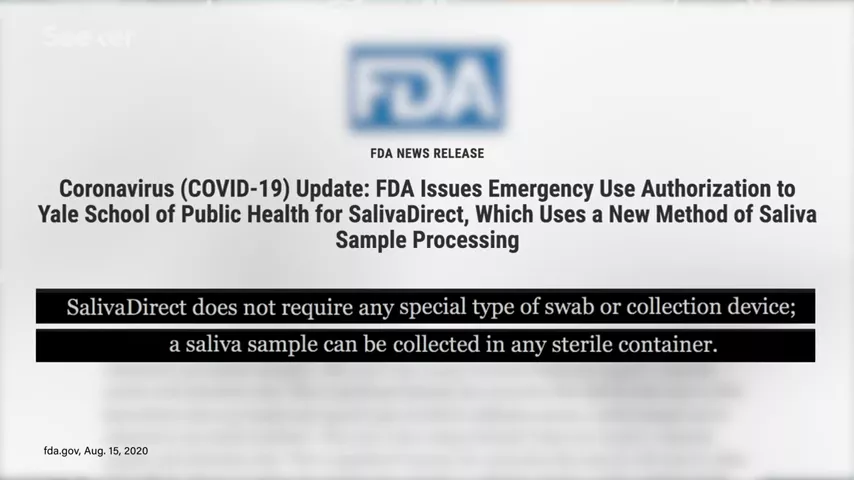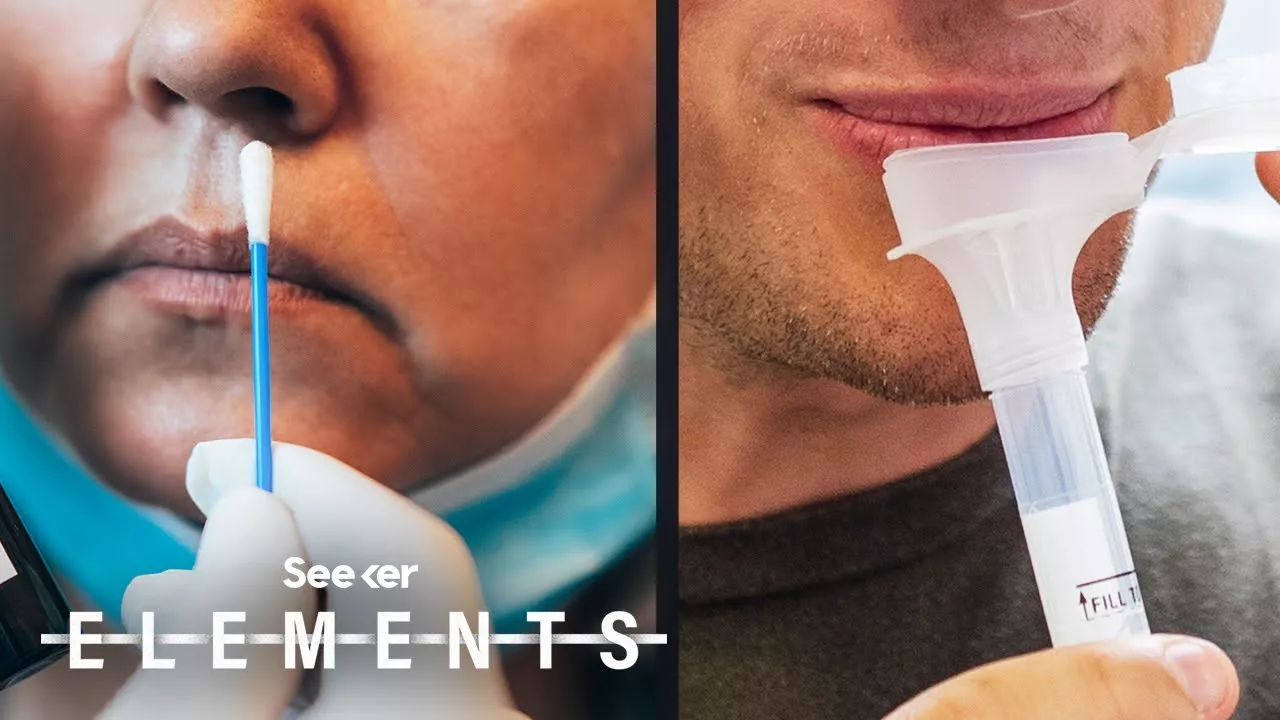I don’t know if you’ve noticed, but right now we are in the midst of a pandemic, which has upended life as we know it. Since the coronavirus was new, no test existed for it when it first emerged. Developing one that is accurate, reliable, fast, affordable, and easy to mass produce is crucial to restoring some semblance of “normal.”
Recently, the U.S. Food and Drug Administration approved a new test that could tick all those boxes. How does this new test work and can you trust its results?
How does this new test work and can you trust its results?
Experts agree that we need to ramp up testing dramatically if we’re going to slow the spread of the virus. Since there’s evidence people can transmit it before symptoms appear, we need a lot of testing to know just who has it and where hotspots are emerging. Otherwise, we’re basically fighting this thing in the dark. But if we have widespread testing that relies on sending the tests to a lab for processing, another problem can emerge. Testing can deplete critical supplies like swabs and reagents. And if the labs get overwhelmed, it can delay the results for days or weeks. When a virus can spread exponentially, giving it any headstart can cost lives.
Right now, the test you’re probably familiar with is the one that uses a long swab stuck down your nose to tickle the back of your nasal passages. If you’ve gotten the test you may be more familiar with it than you like, but I assure you you’re not the only one who feels that way. The nature of the test means it has to be administered by a healthcare worker, putting them at risk of contracting the virus. It’s not ideal for anyone involved, but the prevailing wisdom when the novel coronavirus emerged was it was a respiratory virus, and the best place to go looking for those is in mucosal fluid.
Our understanding of the virus has changed, and some researchers now think that saliva could also harbor enough viral RNA to test for. One group from Yale has come up with a test called SalivaDirect. Not the most marketing-savvy name I’ll admit, it kind of sounds like I’m being spit on, but hey, times are weird and I don’t really care what it’s called so long as it works. The FDA has the same attitude and on August 15th gave SalivaDirect emergency use authorization.
Keep in mind that just because it has an emergency authorization doesn’t necessarily mean it’s effective. It just means we’re in an emergency and the FDA is willing to try things that would undergo more trials in normal times.
SalivaDirect gets around a lot of hurdles the nasal swab tests have. For starters, a testee just has to drool into a tube, minimizing contact with frontline workers and keeping them safer. Once at the lab, the protocol uses shortcuts to speed up testing and reduce the use of valuable resources.
To isolate the viral RNA, the test uses one enzyme called proteinase K instead of a process that uses multiple reagents and takes more time. Then the RNA is converted into DNA, duplicated over and over again, and made to fluoresce until enough DNA is present to be detected. The nasal swab test uses the same technique, though SalivaDirect streamlined and combined a few steps.
This methodology means the tests can be done faster, safer, and cheaper. How much cheaper? While the materials for a nasal swab test are estimated to cost anywhere from $15-$50, the materials for a SalivaDirect test can cost as little as $1.29. But all the upsides are meaningless if the test can’t identify an acceptable percentage of cases, or comes back with false positives.
The team from Yale reported in their pre-print paper that the SalivaDirect tests agree with swab test results 94% of the time, and no false positives were reported. While this isn’t a rapid test anyone can perform at home, it could be a new useful tool to help get the virus under control. To add to the good news, the Yale researchers don’t intend to commercialize it and have been open about their methodology.
Still, testing in the United States is nowhere near the level experts believe it needs to be in order to get this virus under control. Wash your hands and make good decisions to minimize your chance of exposure and hopefully you won’t need a test while resources like materials and lab time are still scarce. SalivaDirect was promising enough that the NBA funded its development to keep their players in the bubble safe.
Is it something you would trust, or would you prefer the older nasal swab method? Let us know in the comments.


No comments yet